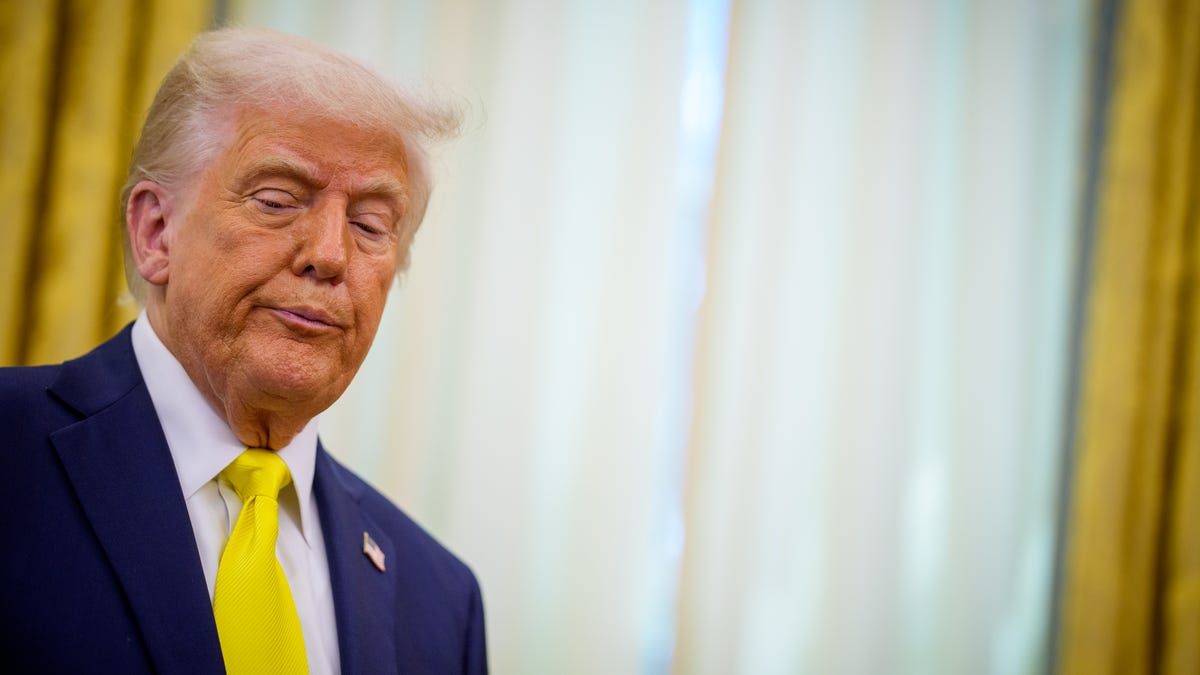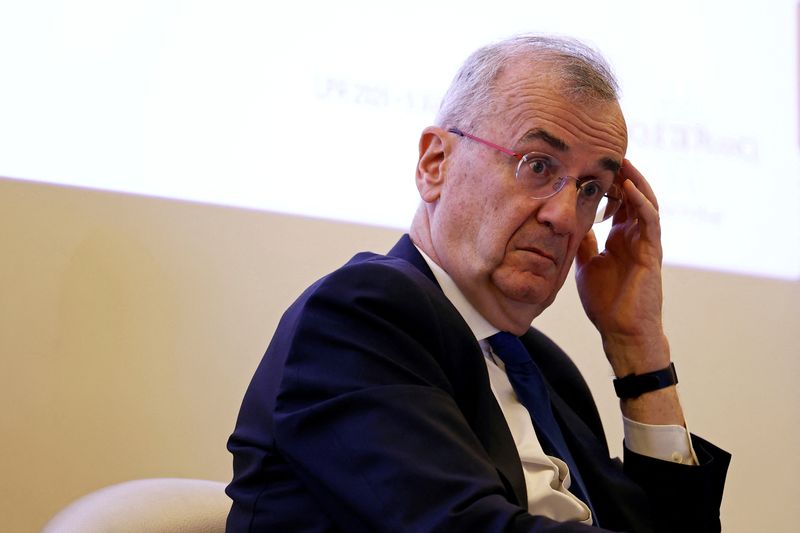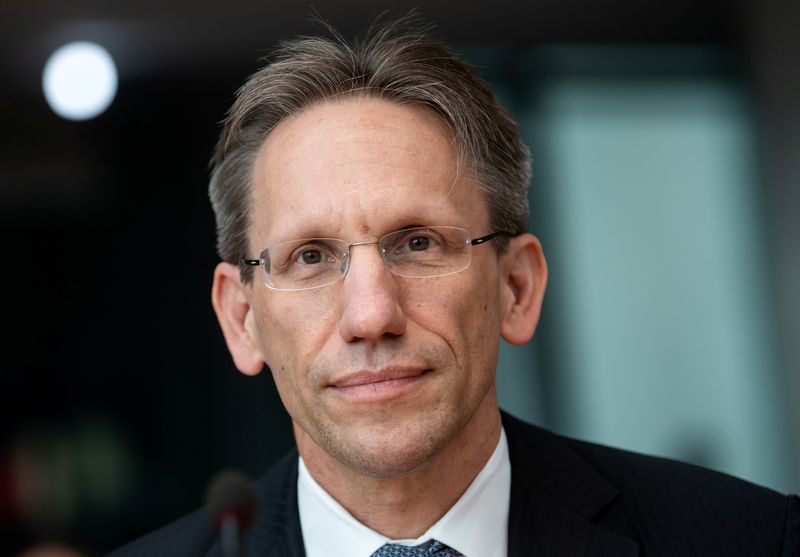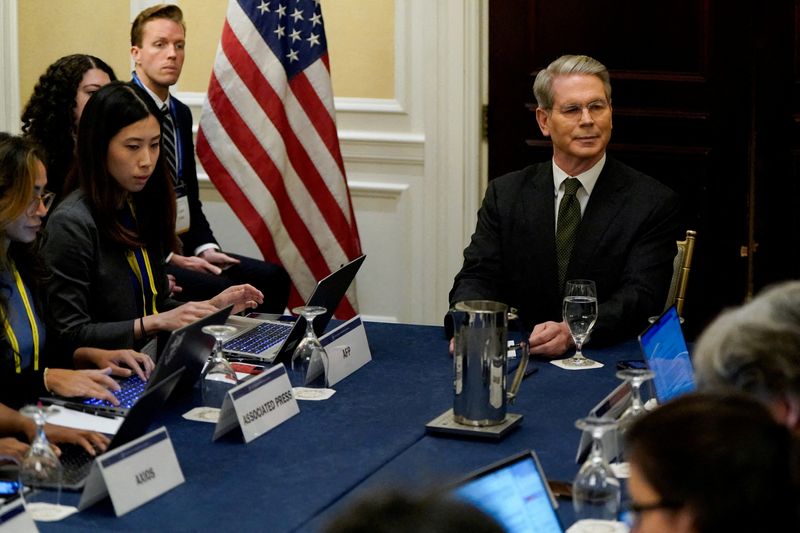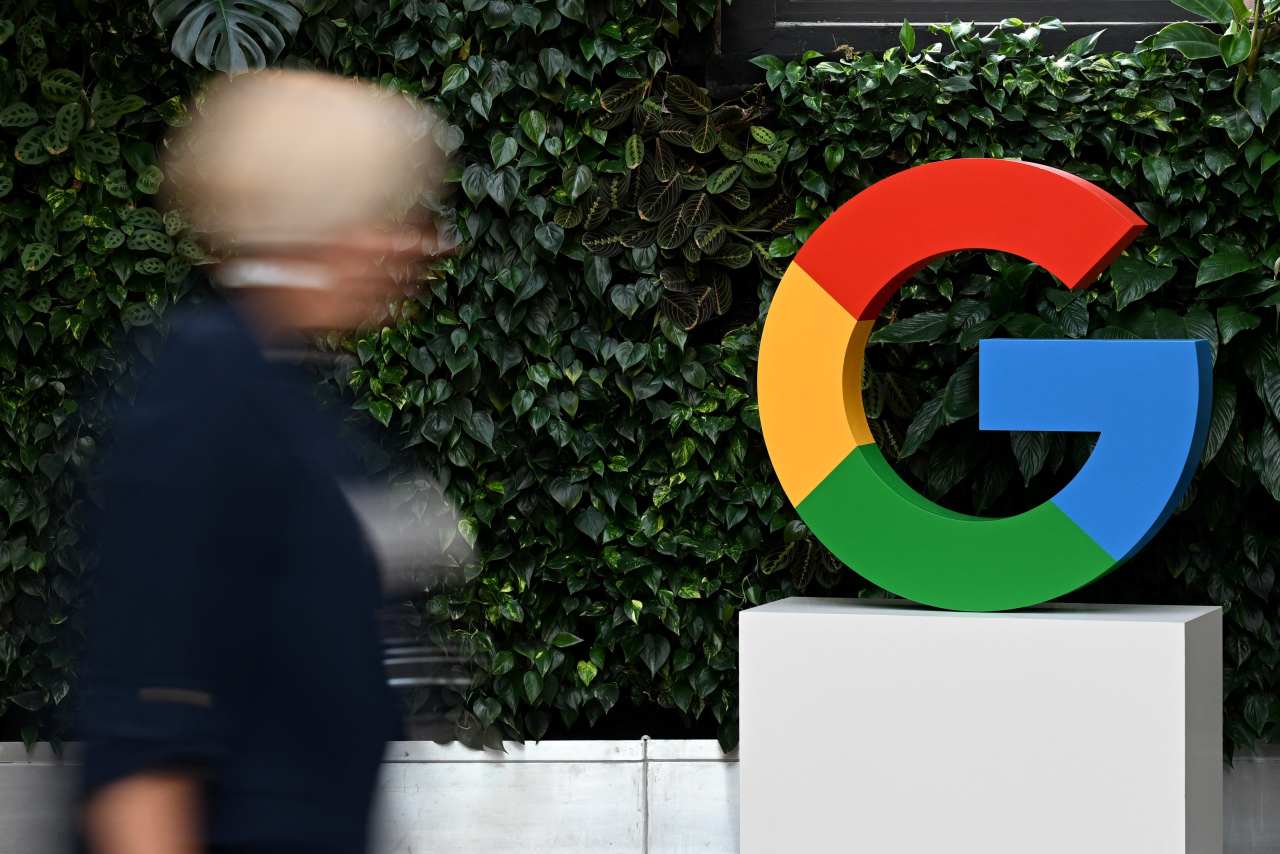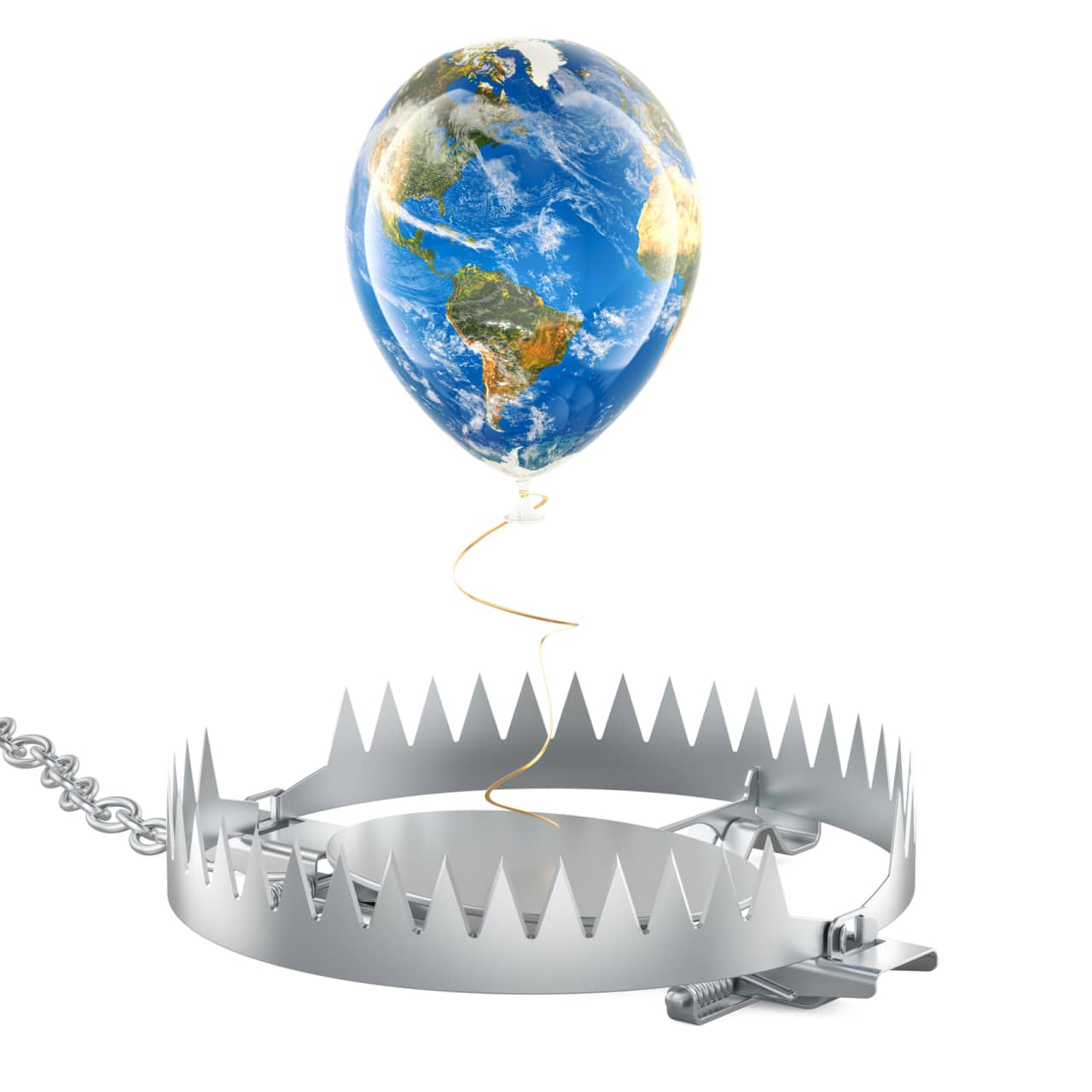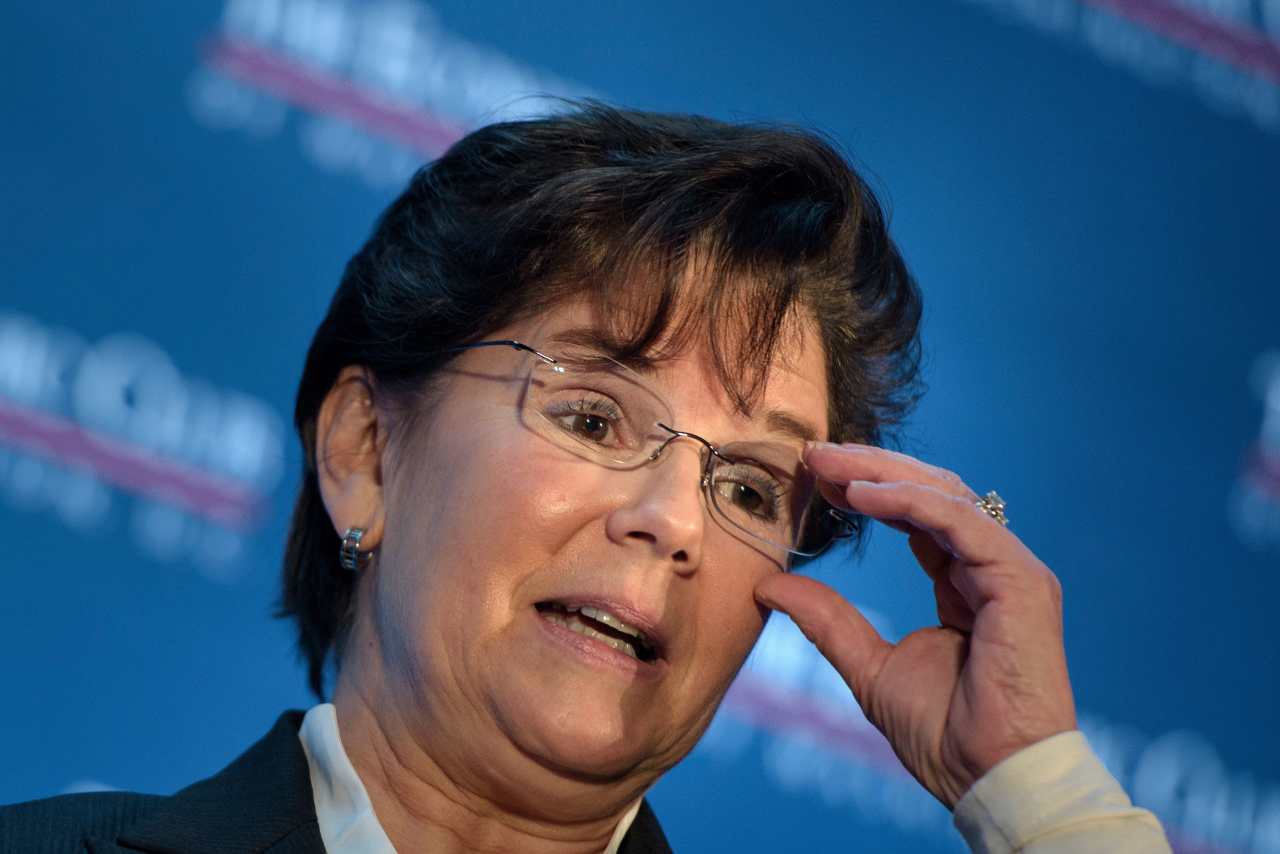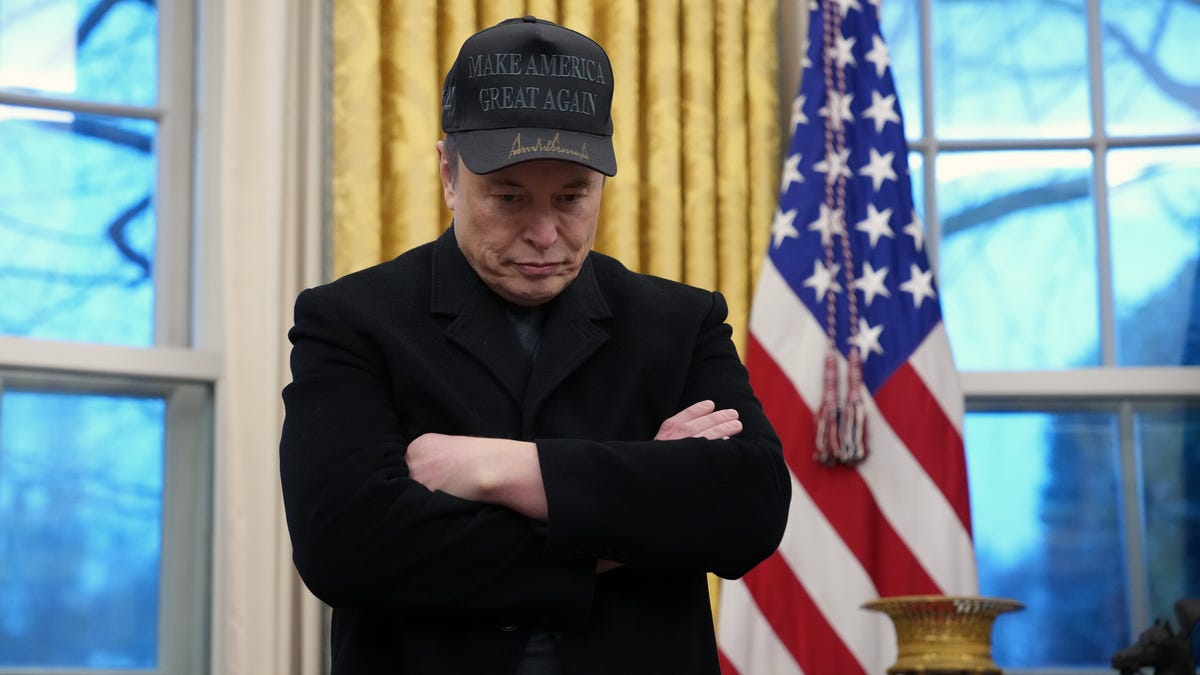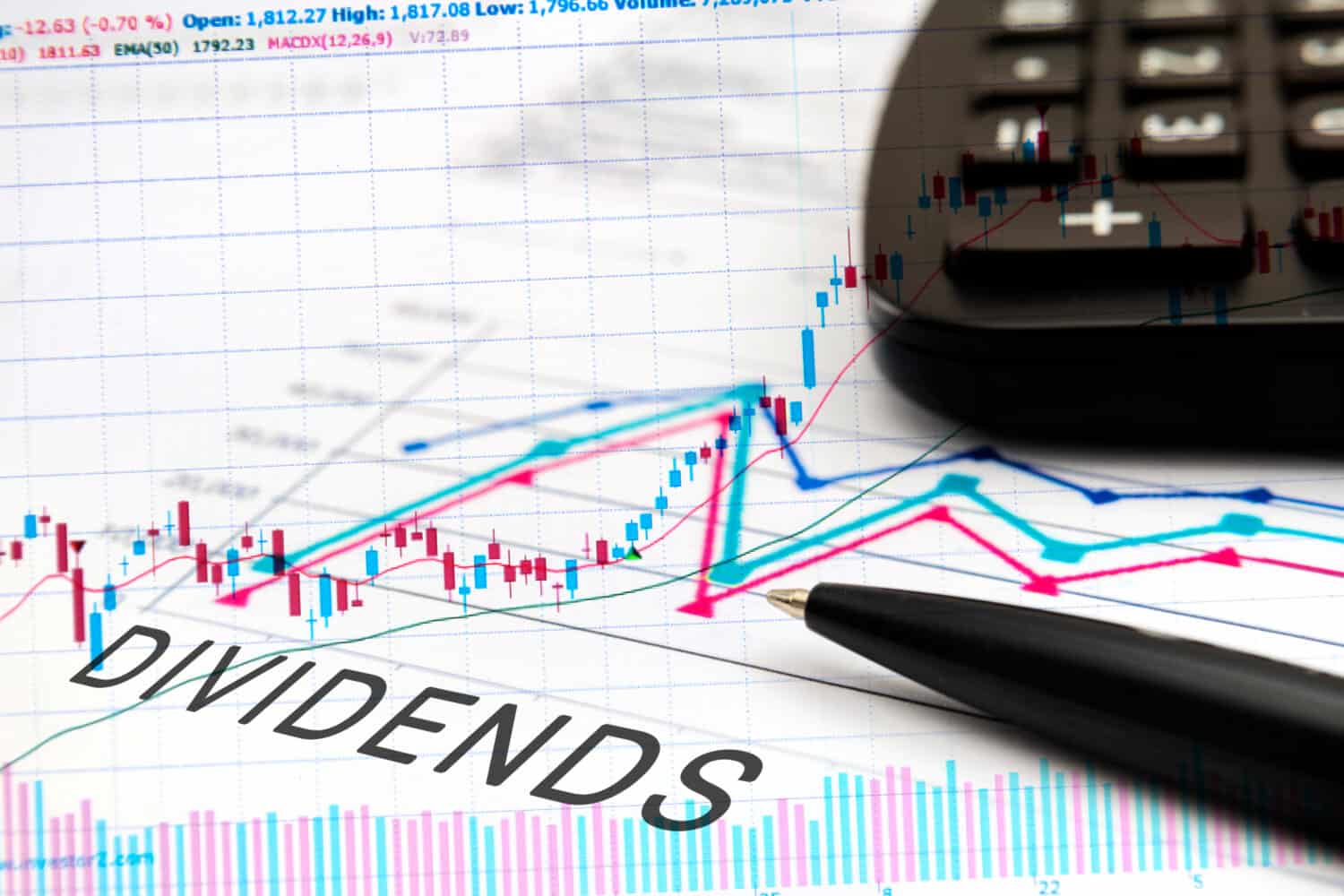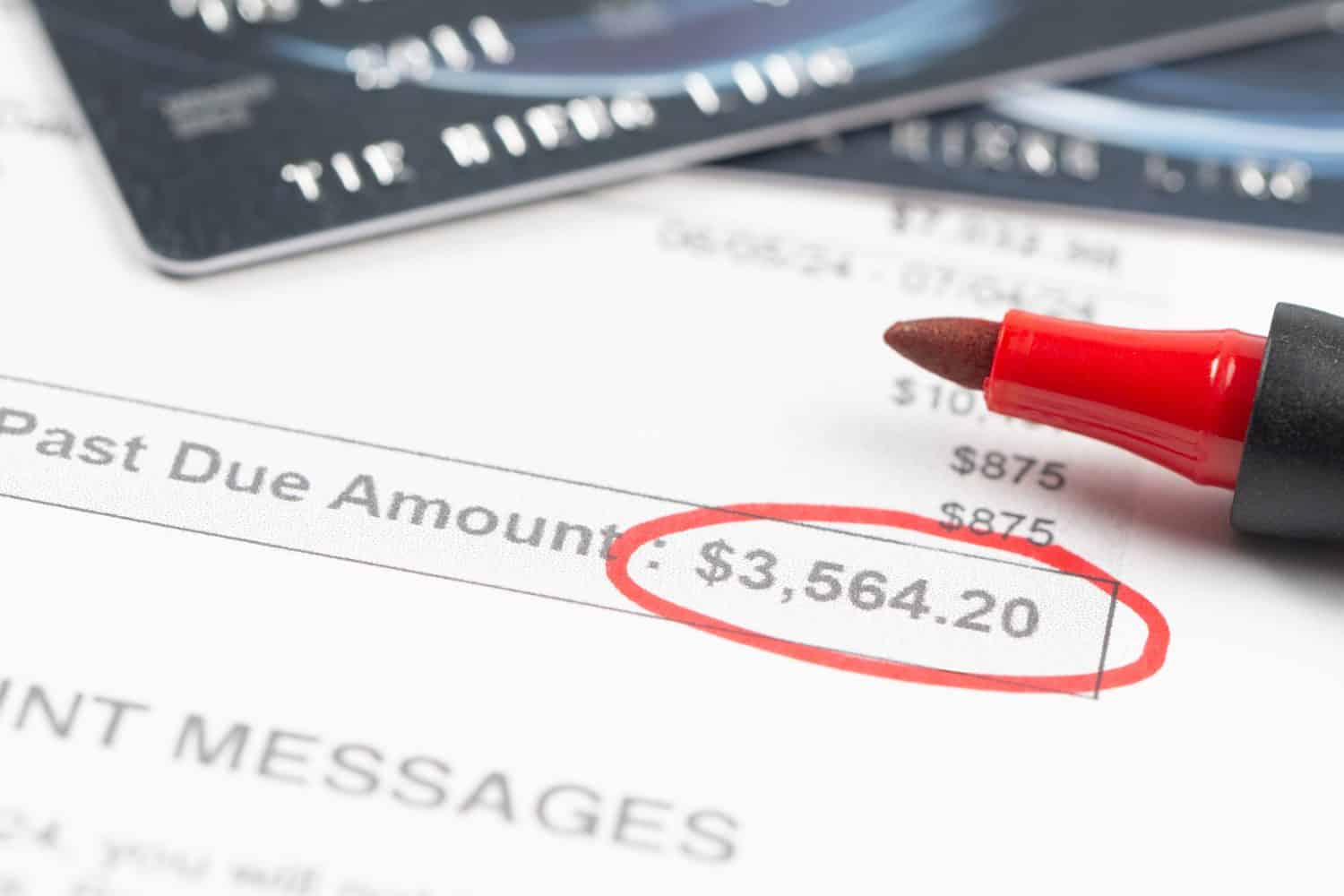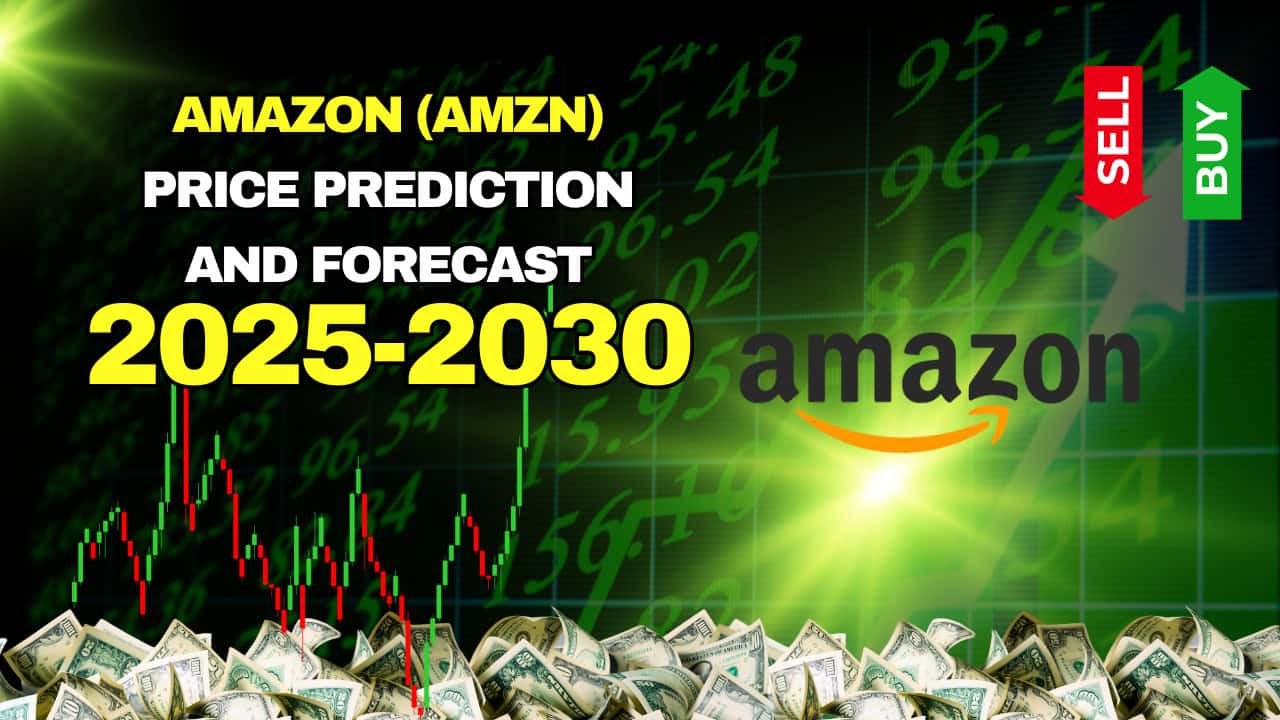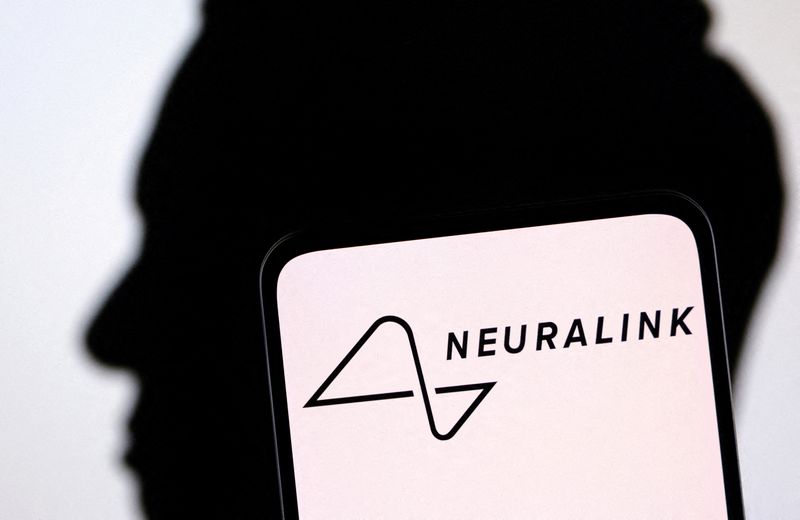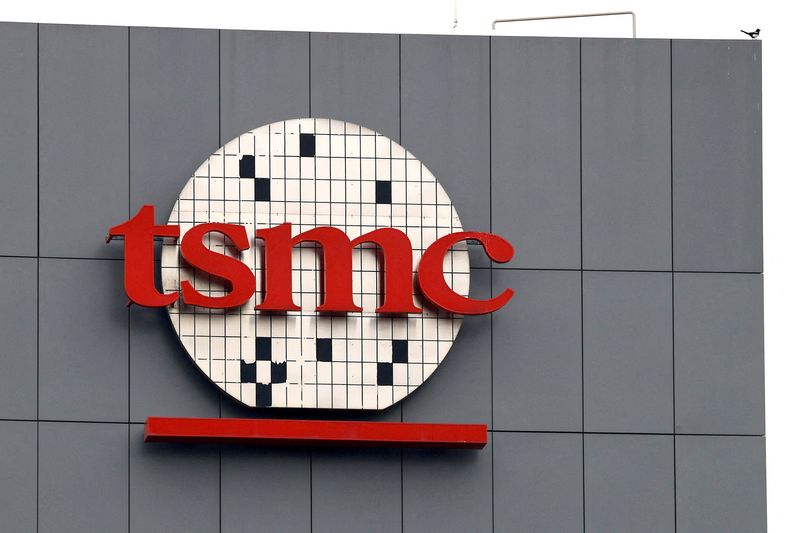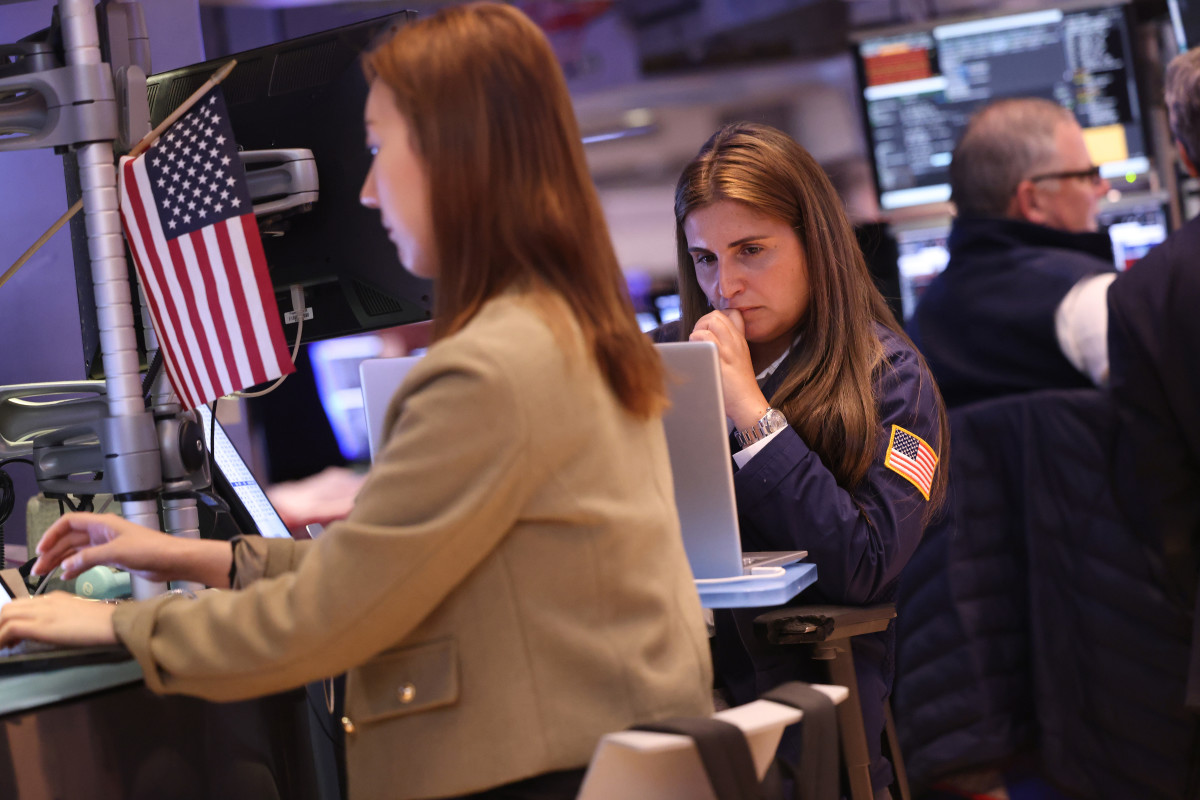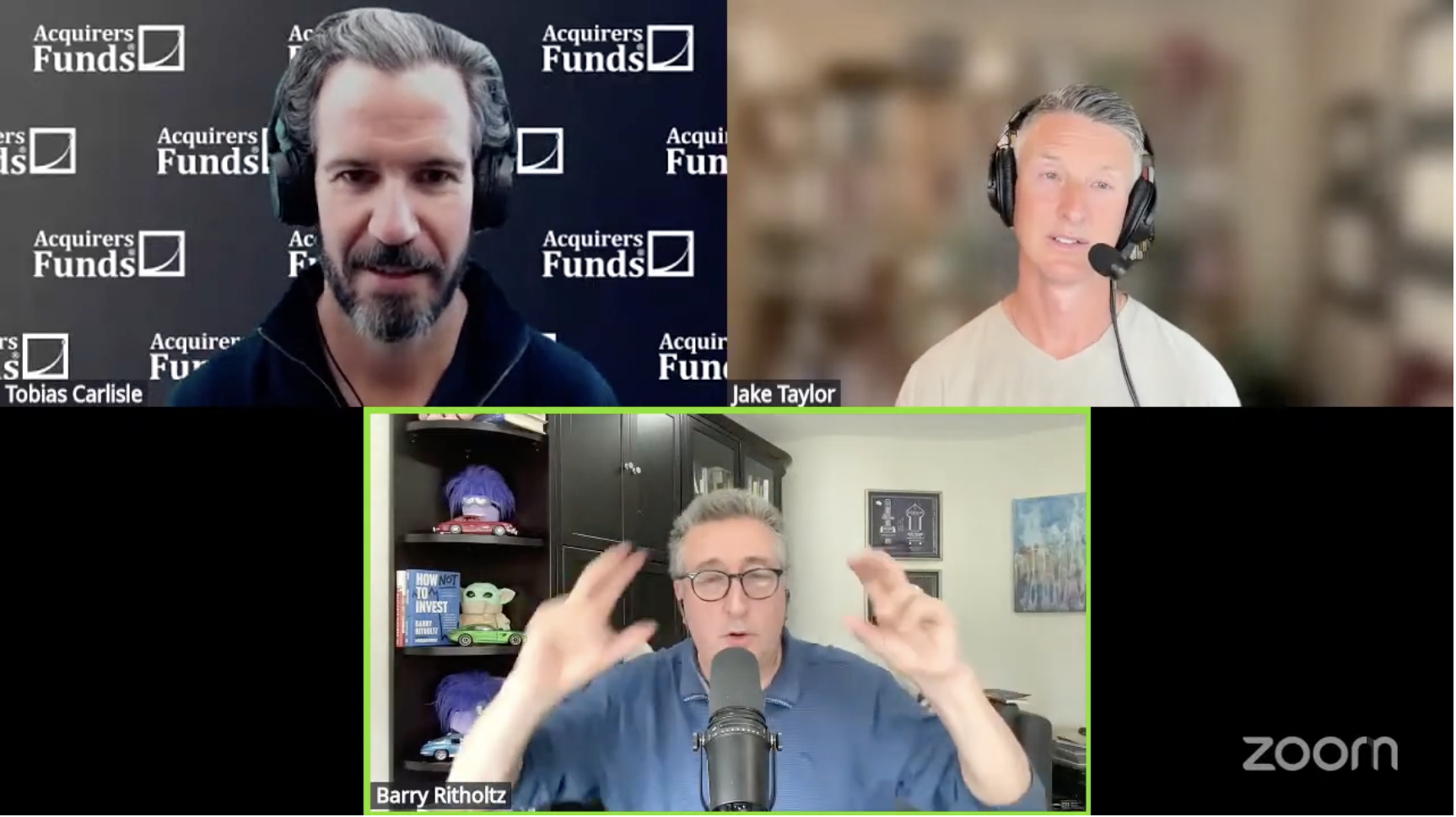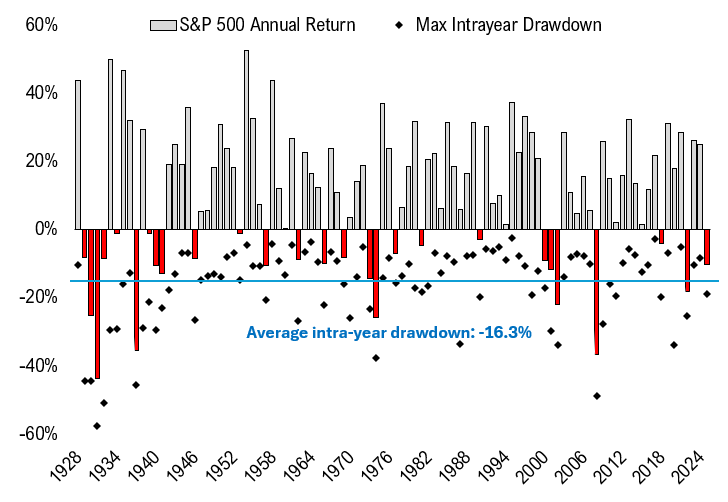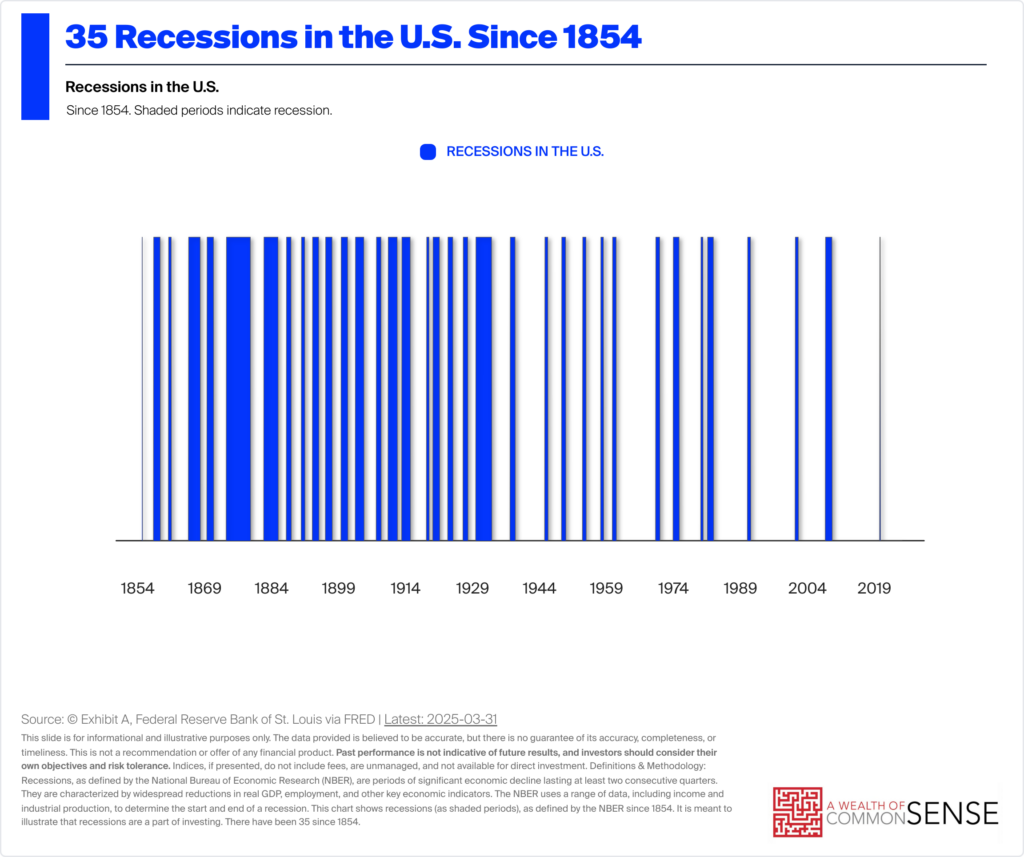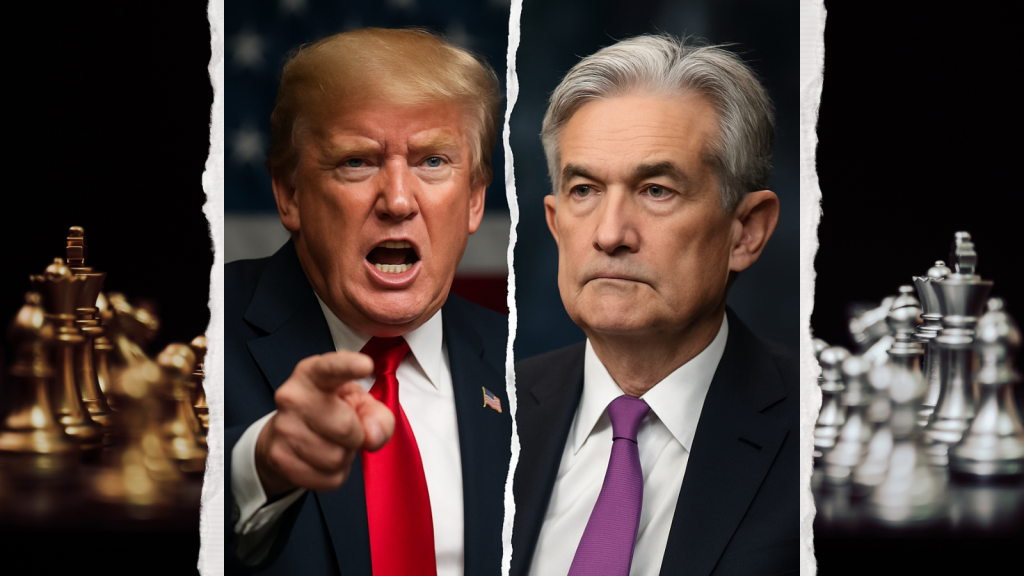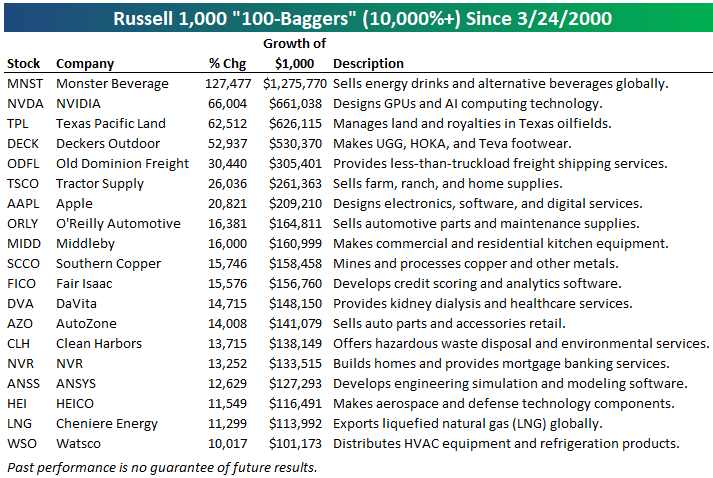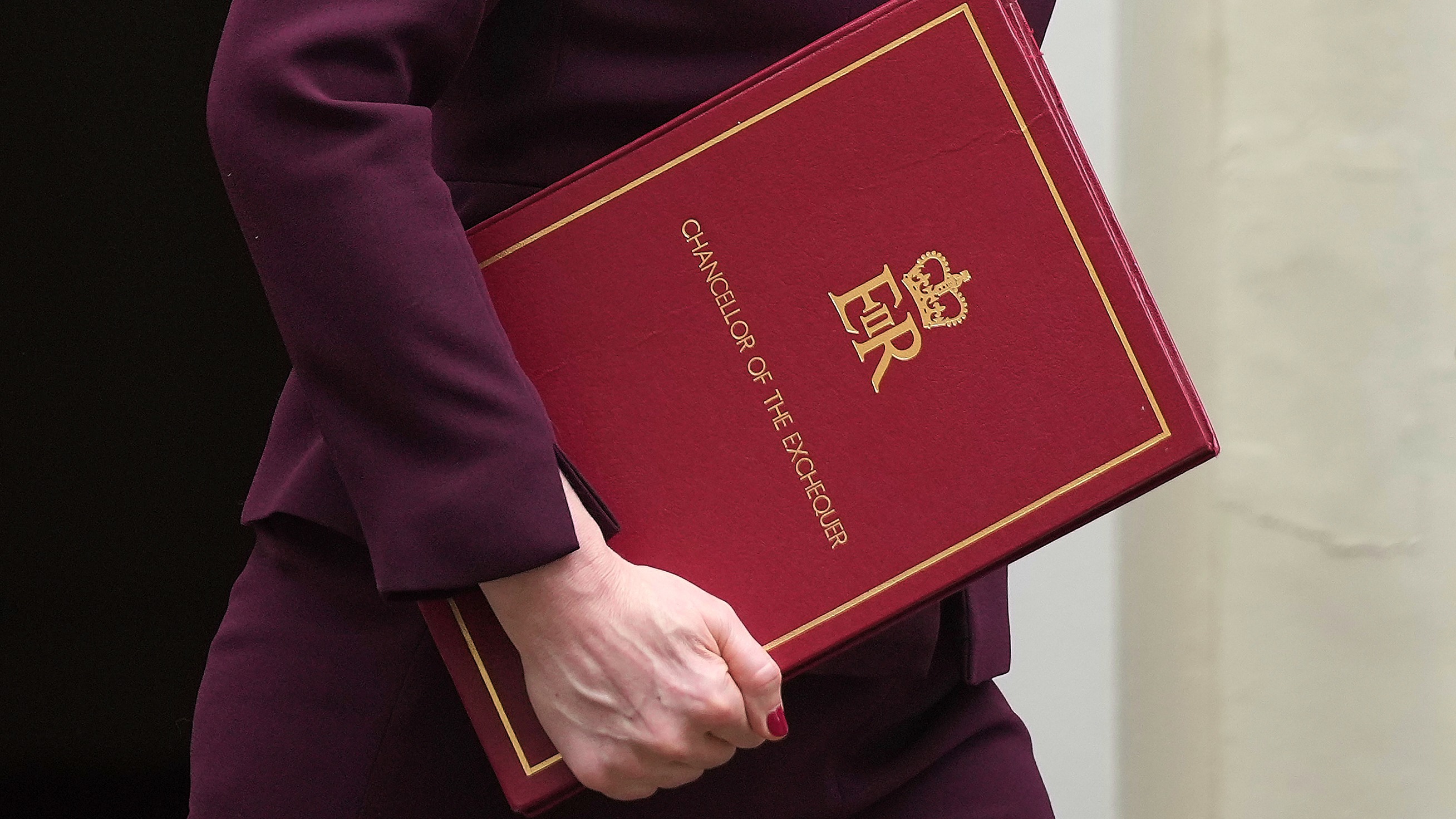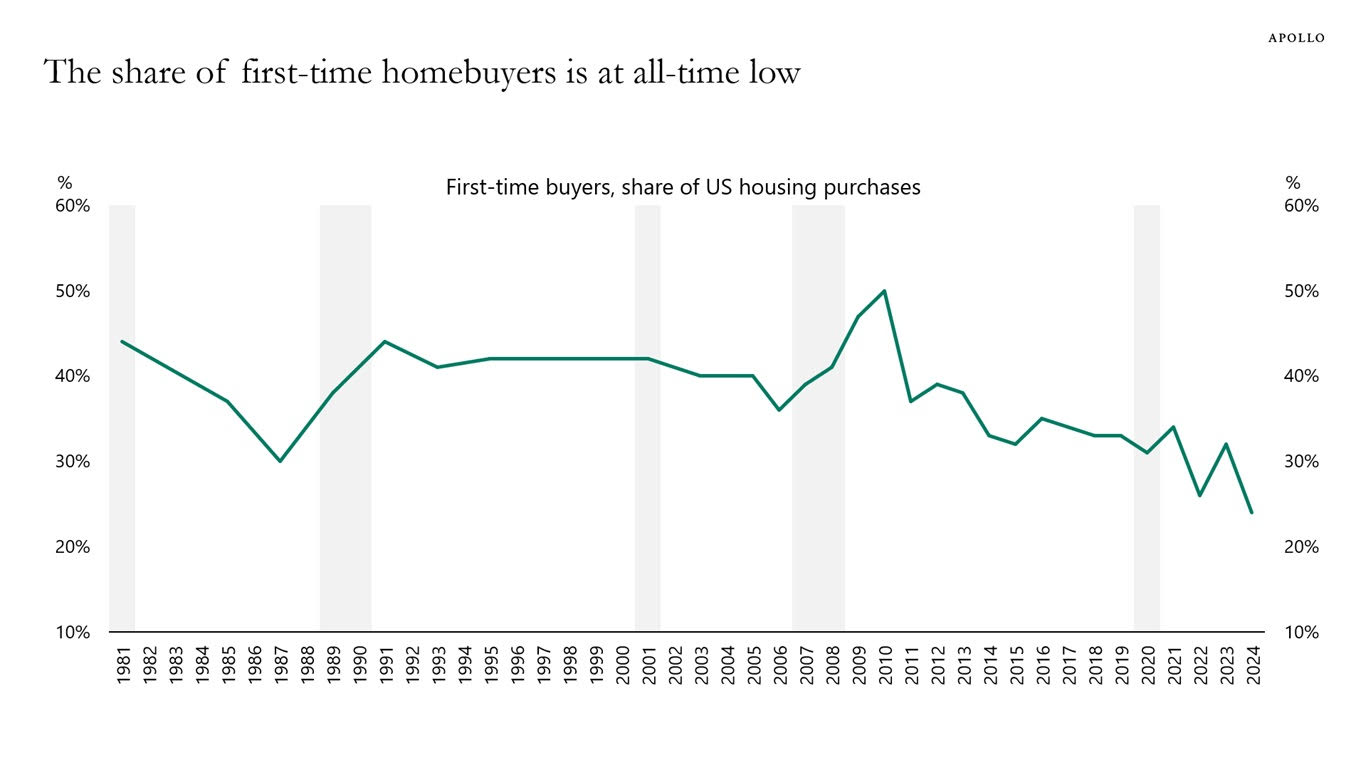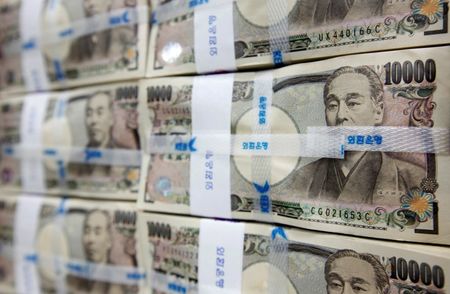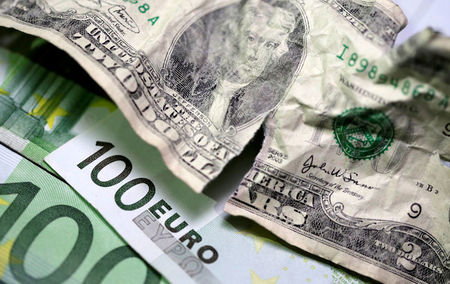Markets open sharply higher after Trump softens on China and says he has ‘no intention to fire’ Fed Chair Jerome Powell
All major indices show substantial early gains.

- Stocks opened higher in early trading Wednesday. The surge comes after Donald Trump backed off threats to fire the chairman of the Federal Reserve and showed a willingness to lower tariffs on China.
Stocks continued to rally early Wednesday after Donald Trump backed off of threats to remove the chairman of the Federal Reserve and signals that tariffs on Chinese imports could be lowered in the weeks to come.
All major indices opened sharply higher. As of 9:45 a.m. ET, the Dow Jones Industrial Average was up 1,006 points (2.57%), while the Nasdaq index surged 632 points (3.94%) and the S&P 500 was up 162 (3%).
The pop comes after a strong Tuesday for traders, which saw the Dow jump over 1,000 points to end a four-day losing streak. The S&P and Nasdaq were both up more than 2% on Tuesday.
Investors were relieved to hear Trump say late Tuesday he has "no intention to fire" Fed Chair Powell. That seemed to be a reversal from the stance he had taken last week when he wrote on social media that Powell's "termination cannot come fast enough" and called the Fed Chair a "major loser."
Trump also signaled a softening in his stance toward harsh tariffs on China, saying the current rate of 145% was high and in the future "it won’t be anywhere near that high. It’ll come down substantially. But it won’t be zero."
Shares of Tesla were also higher, spiking 5% after Elon Musk announced in an earnings call Tuesday afternoon that his time with DOGE was winding down and he would refocus his attentions more on the auto manufacturer.
While stocks remain volatile, investors seem to be settling into the chaos somewhat. The CBOE Volatility Index, which spiked over 50 earlier this month, now stands at just under 28 (compared to roughly 20 last year), its lowest level since Trump announced his reciprocal tariffs plan.
Despite the rallies Tuesday and in early trading Wednesday, all three major indices are still lower than they were when reciprocal tariffs were announced. The S&P 500 and Nasdaq Composite are both down 4% and the Dow is 5% below where it stood on April 2.
This story was originally featured on Fortune.com
